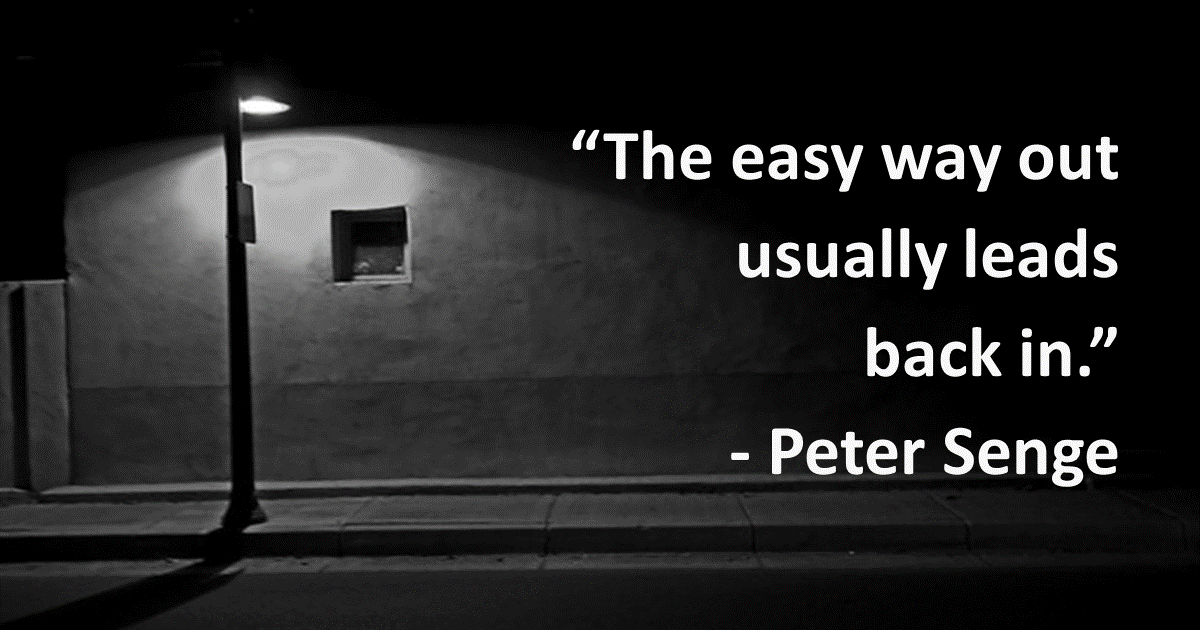No products
Manufacturers
Categories
- AK-47 Pattern Rifles
- AR-15 Accessories
- Beretta Accessories
- Canik Accessories
- CZ Accessories
- CZ P-07 & Duty
- CZ P-09
- CZ P-10 Series
- CZ Shadow 1
- CZ Shadow 2
- CZ Shadow 2 Compact
- P-01 / Compact
- P-01 Omega
- CZ 75 B
- CZ 85
- CZ 75 Tactical Sport
- CZ Scorpion
- Older CZ 75 (Pre-B)
- CZ 97 B
- CZ Branded Items
- Glock Accessories
- GLOCK Gen 1 - 3
- Holsters (Glock)
- Magazine Pouches (Glock)
- Competition rigs (Glock)
- Magazines (Glock)
- Performance Parts (Gen 3)
- Sights (Glock)
- Optic Mounts (Glock Gen 3)
- Lights / lasers (Glock)
- Spare Parts (Gen 3)
- Tools (Glock)
- Carbine Conversions (Gen 3)
- Grip Enhancements (Glock)
- Magazine Wells (Gen 3)
- Magazine Bases (Gen 3)
- GLOCK Gen 4
- Holsters (Glock)
- Magazine Pouches (Glock)
- Competition rigs (Glock)
- Sights (Gen4)
- Optic Mounts (Glock)
- Lights / lasers (Glock)
- Performance Parts (Glock Gen 4)
- Magazine Wells (Gen 4)
- Magazines (Glock)
- Magazine Bases (Gen 4)
- Tools (Glock)
- Spare parts (Glock Gen 4)
- Grip Enhancements (Glock)
- Carbine Conversions (Glock)
- GLOCK Gen 5
- Glock Slimline
- Holsters (Glock Slimline)
- Magazine Pouches (Glock Slimline)
- Magazines (Glock Slimline)
- Magazine Bases (Slimline)
- Performance Parts (Glock Slimline)
- Sights (Glock Slimline)
- Lights / lasers (Glock Slimline)
- Tools (Glock)
- Grip Enhancements (Glock Slimline)
- Optic Mounts (Slimline)
- Spare parts (Glock Slimline)
- Glock Branded Items
- GLOCK Gen 1 - 3
- Sig Sauer Accessories
- Smith & Wesson Accessories
- Vektor Accessories
- Long guns (rifle / shotgun)
- Lights and Lasers
- Gun Belts
- Gun Slings
- Training Aids
- Range Time
- Gun Care
- Reloading
- Miscellaneous
- Featured Products
- Tools
- End of line specials.
- Optical Sights
- 1911 Accessories
The Fourth Law of Systems Thinking
The easy way.
Following up on the first two laws of Systems Thinking, I'll leave Peter Senge (Fifth Discipline) to describe the fourth law in his own words:
In a modern version of an ancient Sufi story, a passer-by encounters a drunk on his hands and knees under a streetlamp. He offers to help and finds out that the drunk is looking for his house keys.
“After several minutes, he asks, “Where did you drop them?”
The drunk replies that he dropped them outside his front door.
“Then why look for them here?” asks the passer-by.
“Because,” says the drunk, “there is no light by my doorway.”
We all find comfort in applying familiar solutions to new problems, sticking to what we know best. Sometimes the keys are indeed under the streetlamp; but very often they are off in the darkness. After all, if the solution were easy to see or obvious to everyone, it probably would already have been found.
Pushing harder and harder on familiar solutions, while fundamental problems persist or worsen, is a reliable indicator of non-systemic thinking—what we often call the “what we need here is a bigger hammer” syndrome.
Normally, the challenge with Systems Thinking is to find the less obvious. The fundamental problems. We all believe that guns are not the fundamental problems. But we need to be able to communicate that to others. This is where Systems Thinking is very handy. It helps us to break systems down and understand them in easy terms.
Levels and flows
System Thinking uses the concept of levels and flows, to give us a way to think about how the part influences the whole:
- The number of law-abiding citizens and violent criminals represents levels in the system. Probably the most important levels.
- People resorting to crime represents a flow. This flow is supported by adverse social conditions. Social conditions, in turn, are adversely affected by crime. This is called a reinforcing loop.
- This loop is held in balance by people, law-abiding citizens and the police, discouraging crime by various means.
- Firearms represent leverage. It allows either of the levels to increase their effect on the other.
- Firearms, legal and illegal, also constitute a system of levels and flows. This is where everybody is focusing. But see how far down the discussion we are? That is because they are important, but not fundamental.
- The influence of time is even more important. It hides true causes and causes the system to behave in unpredictable ways.
I'll discuss the system laws regarding time and leverage in the next posts. This is where the pro-gun arguments really start to hit hard.



